Basic rules of restaurant etiquette

A first date, a dinner party, an important date celebration in a close family circle - all this is a great reason to organize a feast in a memorable place. Any trip to the restaurant is a special event and is accompanied by the selection of the appropriate image in the wardrobe. Stylishly selected clothes, neat makeup and accessories will remain invaluable if loved ones intending to share an important meal with you are not familiar with the basic rules of etiquette.


Peculiarities
The fundamentals of restaurant service and etiquette have their own distinctive features and seemingly insignificant little things that make up the overall impression of the evening. Simple rules take effect long before the meeting, for example, it has long been believed that a table in a restaurant should be booked by a man, and, if possible, he should come to the meeting point a little earlier than the girl.
A man is also the first to enter the establishment, if the evening is held in the company of guests, then according to all the rules, the one who initiated the meeting "leads", also initially confirming their subsequent consent to the payment.
This rule may partially lose its relevance, but it still works at social and business meetings of company leaders and dinner parties during negotiations.
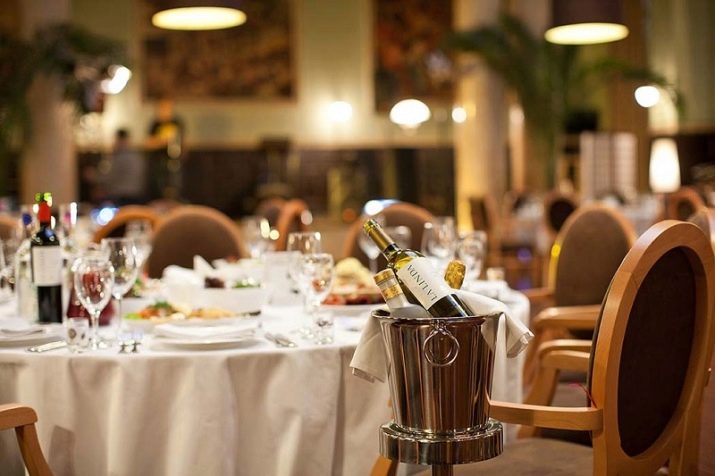
Visitors at the very entrance, according to all the rules, are met by the administrator, also called the head waiter, or the head waiter of the restaurant. The meeting involves a greeting and a reconciliation of the table armor. If you have a wardrobe, you should leave outerwear there, as well as purchases or, for example, a work portfolio. A man always helps a woman to undress by offering a helping hand.
Landing takes place as follows: a man always yields to a woman a more advantageous landing place, for example, overlooking the window or the stage, if the evening involves musical accompaniment. Pushing one of the chairs aside, he invites the lady to sit down. Having settled down at the reserved table and having studied the presented menu, you need to make an order.
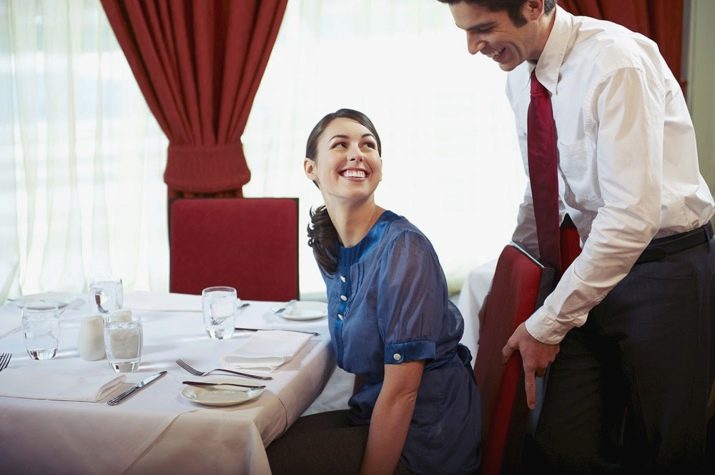
At this moment, you need to call the waiter correctly. Any way to attract attention through all sorts of sounds is considered very ignorant: tapping cutlery on the table or dishes, trying to call out. In such a situation, a simple gesture is enough - a wave of the hand or a nod of the head, accompanied by direct eye contact with the attendant. The most correct option would be to contact any representative of the service personnel directly by name, which is always written on the badge attached to the form.
The opportunity to be the first to fulfill the order of the dish is always given to the guest or the girl, while men follow, as for the choice of alcoholic beverages, he is trusted by the male sex. In principle, the initial distribution of the menu is as follows: the main menu is for the female half, the bar card is for the male.
Try to order the same number of meals as your companion.



How to behave at the table?
The rules of etiquette in a restaurant assume the absence of unnecessary things on the table surface. Thus, it is considered very ignorant to lay out the phone, keys, wallet or any clothing accessories on the table. A particularly grave mistake is to put a bag on the table. This is not only ignorant towards your interlocutor or company, but also distracts the waiter and other staff of the establishment.
Sitting at your table, remember your posture: with a proper fit, there will be no desire to put your elbows on the table or bend over to it once again. It is best to cover your knees with a napkin prepared when setting the table. If you need to leave while eating, then a napkin is placed on your seat.
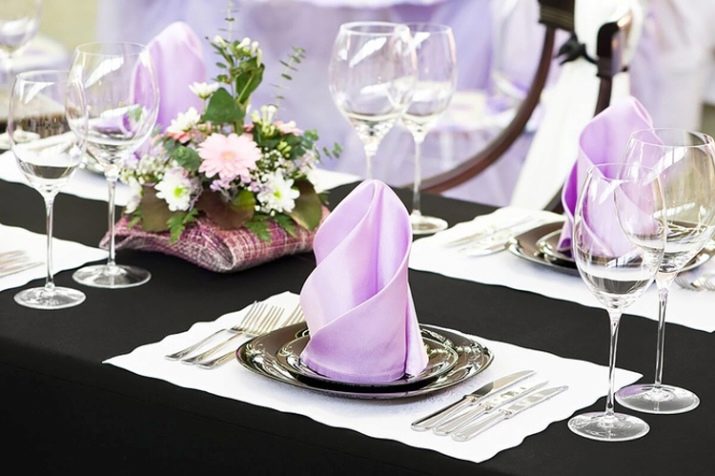
While waiting for the order, it is high time for a small conversation, but loud conversations violate the right atmosphere for eating, therefore in restaurant establishments it is customary to communicate with partners quietly. Vivid stories, rich gesticulation, as well as loud rumbles of laughter are also an indicator of impoliteness.
The table waiter brings meals as soon as they are ready, but meals should only be started when everyone in your group has a meal or shared snacks.


The basic rules of behavior while eating are 8 simple steps:
- Do not blow on hot food; wait for it to cool down.
- Maintain the correct position at the table. Do not put your elbows on the table, keep your posture, do not hide your hands under the table, and do not bend too low over the plate.
- Don't spit out the bones. It is considered impolite to spit fruit, fish or other bones into your palm or napkin; try to reach them with a fork. A more neutral option seems to be shifting the bone into a napkin brought to the mouth.
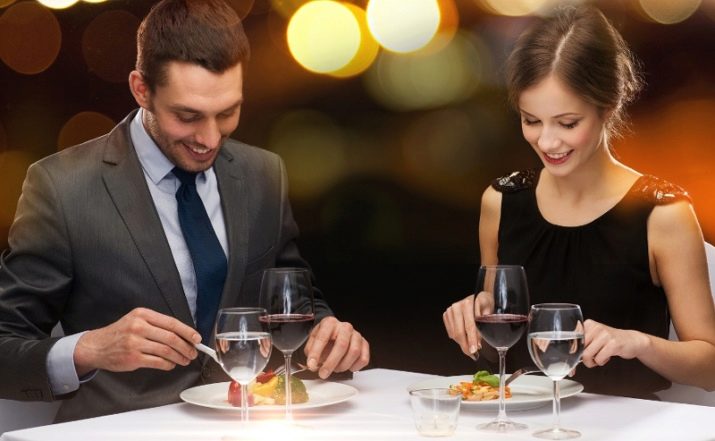
- Do not eat from someone else's plate, let alone cutlery. The romance of movie scenes turns out to be a very ignorant table behavior disorder
- Do not speak with a full mouth, try not to slurp or make any other sounds that give any appreciation to the prepared dishes.
- Do not use personal appliances when overlaying a common dish.
- Correctly cut off one piece from the prepared dish, only after eating it, cut off the next one. It is not necessary to cut the cooked dish whole, the constant picking in the plate looks ridiculous.
- To avoid incidents and to be more confident, try to wipe your hands and blot your mouth with a napkin as often as possible.

How to use the devices?
The most common fear of anyone who enters a dinner party at a good restaurant for the first time is the inability to cope with the amount of cutlery and the fear of looking stupid. In fact, there is always logic in everything, and the table set in advance can be read.
Appetizers are served first. The very small diameter of the plate will tell you which first spoon or small snack fork to use. The cutlery is arranged in a strict order of presentation.
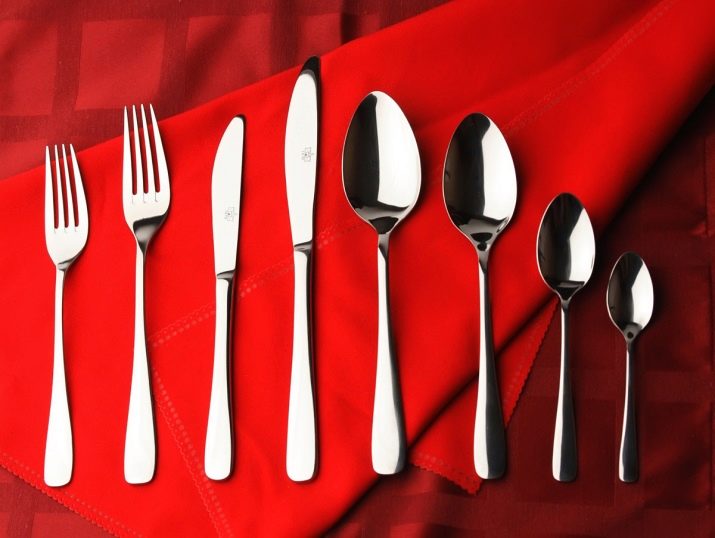
Next, the first and second courses are served, the devices also most often correspond to the diameter of the plate, and all subsequent ones do not differ much. If you do not eat soup today, then the deep tablespoon will remain in the same place., and at a certain time of the change of the dish, the waiter will pick it up.
Special devices for fish dishes are: a special shaped knife resembling a spatula (which is especially convenient when cutting and separating bones) and a fork with shorter teeth.
Before the dessert is served, the cutlery must be changed again. The dessert fork has three teeth, and each of the appliances is different in size.
Dessert utensils are also served for fruit, because it is considered indecent to take food with your hands.


It is not enough to figure out what device and what to eat and cut, it is also important to do it correctly. For example, the knife should always be held in the right hand. If you are not used to eating with a knife, then get in the habit of practicing this simple skill at home in separate meals. The spoon, as a rule, is not full, so as not to spill the contents in any way.
The position of the cutlery on the table is an opportunity to maintain a dialogue with the staff of the establishment. For example, if during a meal it became necessary to leave, but you intend to continue the dish you started, it is customary to put the cutlery in such a way that their ends touch, and if you have finished with the dish, then the cutlery is placed parallel to each other.

There are also other little things that can even tell you whether you liked a particular dish. Having crossed the appliances in such a way that the knife falls between the teeth of the fork, you can tell that you did not like the dish in terms of its taste or other characteristics, and in order to tell the opposite and please the waiters and cooks, place the cutlery perpendicular to the side of the table and point it to the right.
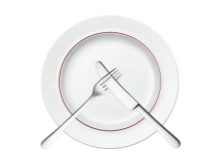
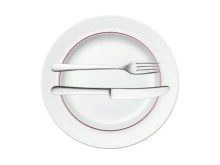
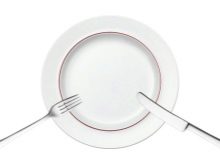
After eating, wipe your mouth and hands with a napkin that can be placed on the dish, and place the cutlery parallel to each other with the handles downward, so you indicate that the meal is over, and the waiter can clean up the table or continue serving by serving the next dish.
Simple combinations can be a great compliment for service personnel or a signal that you should pay attention to.

Tips & Tricks
Often a controversial issue arises after a meal when it is necessary to pay the bill. Restaurant etiquette assumes that the inviter or the man pays the bill. Dividing the bill is appropriate if dinner or any other meal was friendly. In restaurants, it is customary to tip, a pleasant compliment for the staff will be ten percent added to the total invoice.
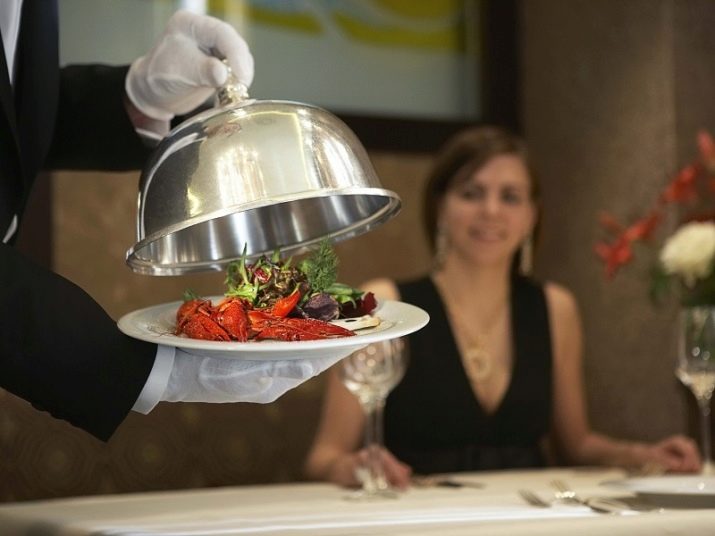
In fashionable establishments, as a rule, in addition to the waiter and the hall administrator, the service personnel also have to interact with the sommelier. Rarely is a pleasant dinner complete without a bottle of good wine.
It is considered impolite to open wine on your own; entrust the serving to a professional as well.
A true sommelier, a passionate master of his craft, is always ready to answer any questions about alcoholic beverages and tell the story of the origin of a particular variety.
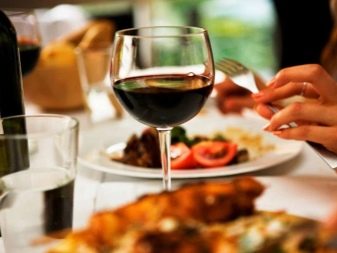

Many people are used to thinking that special rules of etiquette apply to fashionable restaurant establishments, but this is far from the case. Any polite gentleman or lady will not allow herself to behave outside the culture of public institutions.Even a family Sunday breakfast in a cozy coffee shop or a business lunch in a cafe requires adherence to the rules and knowledge of the basic principles of etiquette.
After a long pleasant meal and a paid bill of course, the man is also the initiator of leaving the restaurant.
Knowing the basic rules of etiquette will help you to relax as much as possible and have a pleasant time eating in good company.
It is enough for girls to know only fifteen rules of restaurant etiquette in order to make a pleasant impression on their man and those around them when visiting the institution. You can learn about them in the next video.




